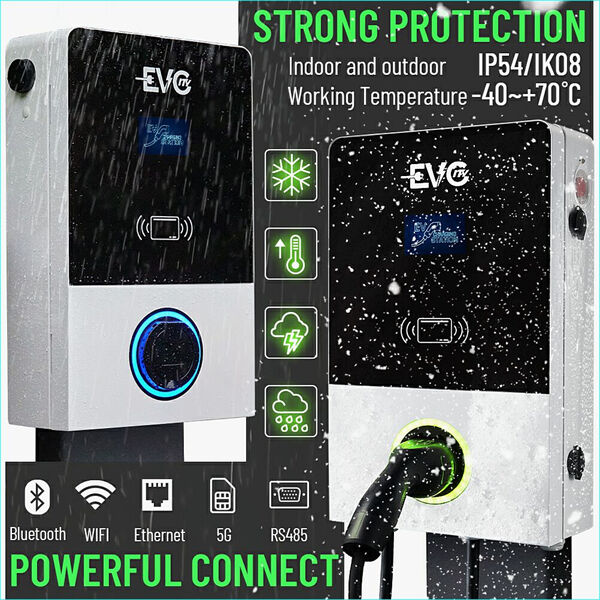Sharing Load EV Charging Stations — These are special places where electric cars can be charged that share power very efficiently. They employ intelligent technology to monitor the power draw from each car. However, this technology has the ability to vary how much power is distributed amongst a bunch of individual cars. This effectively means that who ever needs to recharge their cars can do so without reducing the power for others. It provides a mechanism to ensure that none of the vehicles waiting for power waits even longer. A smarter way to use power is LFF Technology level 3 ev charging stations. They operate by dividing the power at a given station among multiple charging ports. In all cases, however—if a charging station were to have multiple "spots" available—you'd assume that every car trying to charge at the same time would be able get what it needed. Everyone can recharge at the same time, so nobody has to queue up for a turn and it is faster & simpler for everybody.
This not only results in faster charging times, it also ensures that every available amount of energy is put to good use. Load Sharing EV Charger will be able to detect fully charged batteries in a car. So that charger stops supplying power to the car. This means not a single wasted energy — the station operates under maximum efficiency and can help charge lots of cars at once. Load Sharing EV Charging stations operate by equalizing the capabilities of energy between cars. The number results in each car getting the power they need without having it cut from any of them. As the process of charging is fast, it will serve more air time for cars. This document proves that electric vehicles are much more practical than some believe so anyone who relies on their car every day will certainly welcome the new updates.

Load sharing EV charger technology works just the way its name indicates, LFF Technology Level 3 electric vehicle charging stations distributes power appropriately. What this also means is that all of the cars charging at a station will share any given amount of power available there It ensures that not a single car draws more power than it really needs. By doing this, all the energy that is available will be utilized properly which helps everyone out.

Load Sharing EV Chargers also come with smart technology that determines when a car's battery is completely charged. In which case, the charger will cut power to that car and start charging any other carsStill more chargersPlease provide something useful. This is to ensure that another car cannot turn up and charge as fast it can, by waiting for a fully charged vehicle.

Load Sharing technology also happens to be very time-efficient as well. Many cars can be able to charge simultaneously, courtesy of this technology which does away with the long waiting self-service or attendants fetch! That makes electric vehicles far more relevant for anyone who needs to drive daily. Furthermore, LFF Technology Ev level 3 charging station environmentally friendly electric cars that are adequately charged using Load Sharing EV Charging Stations produce fewer harmful emissions which overall help to make the environment cleaner and greener.
The machine combines functionality with Load sharing Ev Charging Stations. It is characterized by bright, concise lines and uses the galvanized sandblasting process and toughened glass. It is rated at IP54/IK08 and has a longevity of up to a decade and resistance to corrosion.
It seamlessly integrates third-party operator's system. The Load sharing Ev Charging Stations (485) interfaces allow connection to the existing IOT systems.
Load sharing Ev Charging Stations a dual circuit breaker layout, it will prevent the device from overheating, reducing failures and hazards to safety and operate safely in harsh environments ranging from -40 to +70 degrees Celsius. The product had passed TUV certification.
Load sharing Ev Charging Stations with Bluetooth, WiFi, 4G communication module, the charging output is compatible with single/three-phase or multi output (7KW/14KW/22KW/44KW). This significantly improves the charging efficiency and reduces the overall cost of installation and equipment labor.